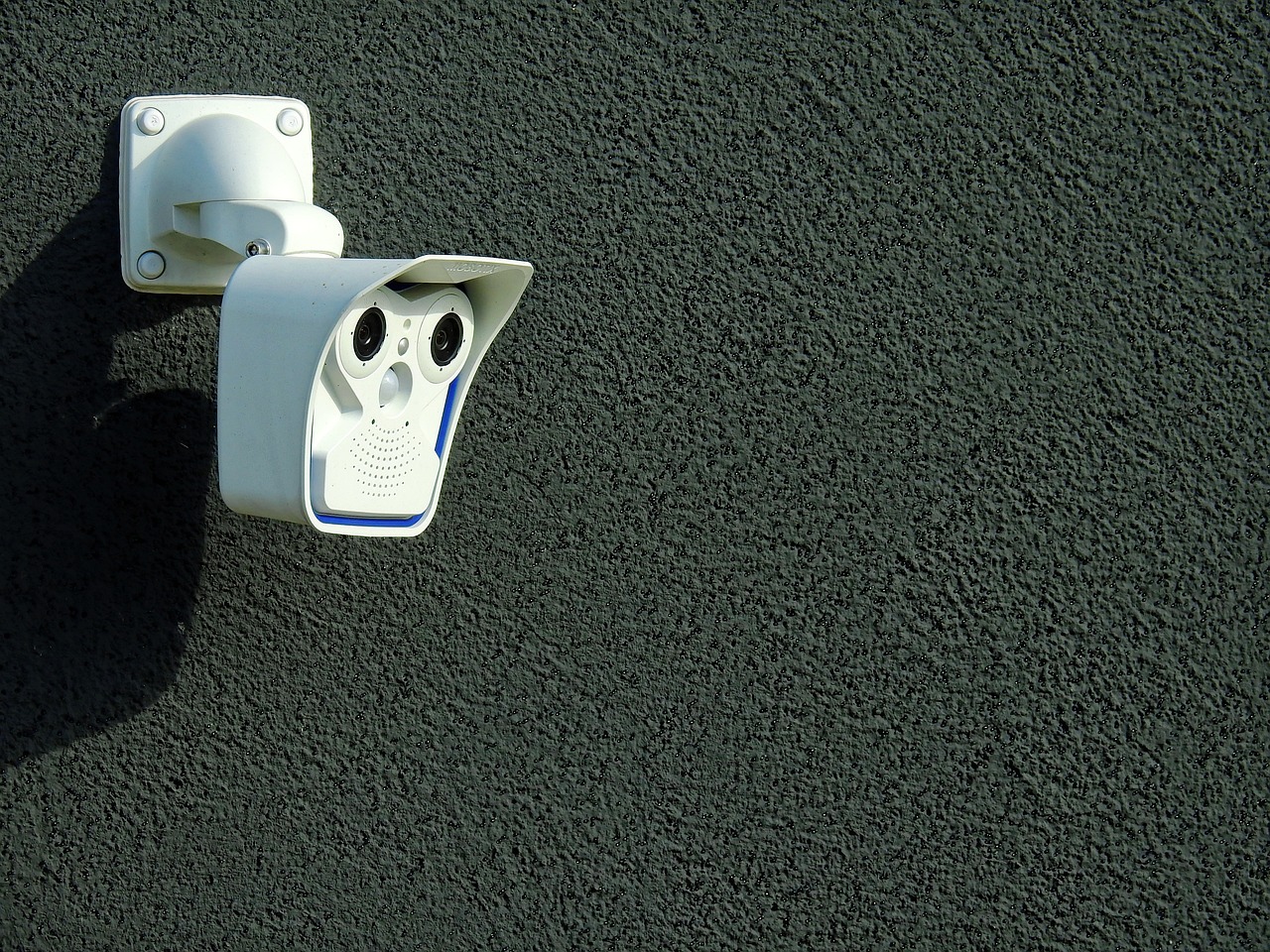Discovering that your home in Southampton has been burgled can be a devastating experience, impacting both your sense of security and financial wellbeing. In these moments, it’s very important to know how to deal with the aftermath effectively, especially when it comes to your burglary insurance claim. This guide provides essential tips on managing the claims process, aimed at helping you restore normality with minimal stress. We’ll cover everything from the immediate steps to take following a burglary, to dealing with insurance adjusters, ensuring that you are well-equipped to handle this challenging situation.

Understanding Burglary Insurance
Burglary insurance is an extremely important part of your home insurance policy, designed specifically to cover loss or damage resulting from a break-in. Unlike broader home insurance, which covers a wide range of risks including natural disasters and fire, burglary insurance focuses exclusively on theft and related damages. It’s important to understand the specifics of your policy, as coverage can vary widely. For example, some policies may cover stolen items, damage to the property during the burglary, and even costs incurred due to security improvements post-incident. Ensuring that you have adequate coverage in place can significantly alleviate financial pressures in the unfortunate event of a burglary in Southampton or elsewhere.
Immediate Steps After a Burglary
When you first discover a burglary at your home, the steps you take immediately are crucial for ensuring your safety and setting the stage for a successful burglary insurance claim. Here’s what you need to do:
- Ensure Safety: Before entering your property or moving anything, make sure it’s safe. If the intruder could still be inside, leave immediately and call the police.
- Contact the Police: Report the burglary to the police as soon as possible. Obtain a crime reference number, as you will need this for your insurance claim.
- Document the Scene: Take photographs or videos of the scene without disturbing any evidence. This documentation is vital for your claim and for police investigations.
- Secure Your Property: After the police have finished their initial investigation, secure your property to prevent further loss or damage. This might include repairing broken doors or windows.
- List Stolen and Damaged Items: Start making a detailed list of stolen or damaged items. Include descriptions, values, and any proof of ownership like receipts or previous photographs.
Documenting the Incident for Your Burglary Insurance Claim
Documenting the details of the burglary accurately is a critical step in the insurance claims process. Here’s how to ensure your documentation is thorough:
- Take Comprehensive Photos: Capture all angles of the affected areas, showing the extent of damage and what was stolen. Include close-ups of forced entry points and any damaged property.
- Maintain a Detailed Inventory: Compile a detailed list of stolen or damaged items. For each item, include descriptions, approximate value, and any available receipts, warranties, or serial numbers. This list will support your claim and help in the valuation process.
- Keep a Record of Communication: Document all interactions related to the claim, including dates and summaries of your interactions with the police and your insurance company. This can be crucial if there are disputes or delays in the claims process.
- Save Repair Receipts: If you make immediate repairs to secure your property, keep all related receipts. These costs may be reimbursable under your policy.

Filing the Claim: What You Need to Know
Filing an insurance claim after a burglary can be unsettling, but understanding the process can make it much smoother. Here are key steps and tips:
- Notify Your Insurer Promptly: Contact your insurance company as soon as possible after the burglary. Delaying this can complicate the claims process.
- Submit the Necessary Documentation: Provide your insurer with the crime reference number, detailed inventory of damaged or stolen items, and all documented evidence (photos, videos, and records of communication).
- Complete All Claim Forms Thoroughly: Fill out the claim forms accurately. Omitting details or providing incorrect information can delay the process or result in a denied claim.
- Review Your Policy: Understand what your policy covers and any deductibles that apply. Knowing these details will help you manage expectations regarding the compensation you might receive.
- Follow Up Regularly: Keep in touch with your insurer to track the progress of your claim. Regular follow-ups can ensure that your case doesn’t get overlooked and can speed up the resolution process.
Dealing with Insurance Adjusters
When managing your burglary insurance claim, dealing effectively with insurance adjusters is essential. Here are tips to make this interaction as productive as possible:
- Be Prepared: Have all your documentation ready – photos, lists of stolen/damaged items, police reports, and any correspondence with the insurance company.
- Know Your Policy: Understanding the details of your insurance coverage will help you discuss your claim knowledgeably and confidently.
- Be Honest and Detailed: Provide accurate information about the incident. Exaggeration or dishonesty can jeopardise your claim.
- Ask Questions: If you’re unsure about any part of the process or the adjuster’s assessments, don’t hesitate to ask for clarification.
- Stay Professional: Keep your interactions with the adjuster professional and courteous, even if negotiations become challenging.
Understanding Insurance Terms
Going through an insurance policy can often feel like you’re reading a foreign language. Here are some key terms commonly found in burglary insurance policies that you should understand:
- Excess (Deductible): This is the amount you agree to pay towards a claim before the insurance company pays the rest. Lowering your excess can increase your premium, but may be worthwhile for added peace of mind.
- Indemnity: This principle ensures that you are not profited from your loss but returned as closely as possible to your financial position before the burglary.
- Replacement Value: This refers to the cost of replacing your stolen or damaged items with new ones, regardless of their age or condition at the time of the burglary.
- New for Old Cover: Some policies offer this feature where items are replaced with new ones, even if the original was old or used.
- Sum Insured: This is the maximum amount your insurer will pay in the event of a claim. It’s crucial to ensure this figure realistically reflects the value of your property and possessions.

Preventive Measures to Avoid Future Burglaries
Taking proactive steps to secure your home can significantly reduce the risk of future burglaries. Here are effective strategies to enhance your home’s security:
- Upgrade Locks: Invest in high-quality door locks and window latches. Deadbolts for external doors can provide additional security.
- Install an Alarm System: A visible and audible alarm system can deter potential burglars. Consider systems that notify a monitoring centre or send alerts to your phone.
- Motion-Sensor Lighting: Install lighting around your home’s exterior. Motion detectors can startle intruders and alert you to unexpected activity.
- Security Cameras: Modern CCTV or security cameras can be a powerful deterrent. They allow remote monitoring and can provide crucial evidence if a crime occurs.
- Secure Valuables: Keep valuable items out of sight and consider a safe for particularly valuable or sentimental items.
- Neighbourhood Watch: Engaging with a neighbourhood watch scheme can keep the community alert to suspicious activities and enhance overall security.
Case Studies: Successful Burglary Claims
Exploring real-life examples of successful burglary insurance claims can provide valuable insights into the process and outcomes. Here are two anonymized case studies, each highlighting different aspects of managing a claim:
- The Quick Documentation Advantage: In one instance, a homeowner quickly documented all losses with detailed photographs and provided a comprehensive list to their insurer immediately. This prompt action facilitated a swift and favourable settlement. For more on maximizing your claim, explore our blog on Maximising Your Claim with Guildford Insurance Loss Assessors.
- Understanding the Process: Another case involved a homeowner who initially struggled with the complexity of the claims process. By thoroughly understanding the steps involved, which are detailed in our blog Understanding the Domestic Home Insurance Claims Process in the UK, the homeowner was able to effectively communicate with the insurer and adjusters, resulting in a successful claim resolution.
- Expert Tips in Action: A homeowner in Portsmouth benefited from expert tips outlined in our specific guide, leading to a smooth claims process and optimal reimbursement. Check out Expert Tips for Insurance Claims Success in Portsmouth for more detailed strategies.
Get in Touch
Don’t suffer alone. Get in touch with us at Sabre Assessing. Thing you need to do immediately if you go through the heartache of a burglary are documenting the incident thoroughly, and taking proactive security measures are crucial for a satisfactory outcome. If you find yourself overwhelmed, assistance is just an email or phone call away.
Reach out to Andy at Sabre Assessing for personalised guidance and expert support. Contact us via email at hello@sabreassessing.co.uk or call us at 0330 165 3545. Whether you need help filing a burglary insurance claim, dealing with adjusters, or securing your property, we are here to ease the strain of your claim. Our team is committed to restoring your peace of mind and ensuring you receive the compensation you deserve.
Visit our blog for more insights and remember, securing expert help is your first step towards a safer and well-managed home. Let Sabre Assessing support you every step of the way.



